It has been a busy start to the year. Between preparing a presentation in absentia for the Society for Historical Archaeology Conference in Boston, preparing an abstract for the Canadian Archaeological Association Conference in May, #stormageddon, and preparing a talk for the Newfoundland and Labrador Historical Society (February 22, 2020, 7:30pm at Hampton Hall, Marine Institute, St. John’s, NL. Free admission, all are welcome) it has been hectic. But, I always take on too many projects.
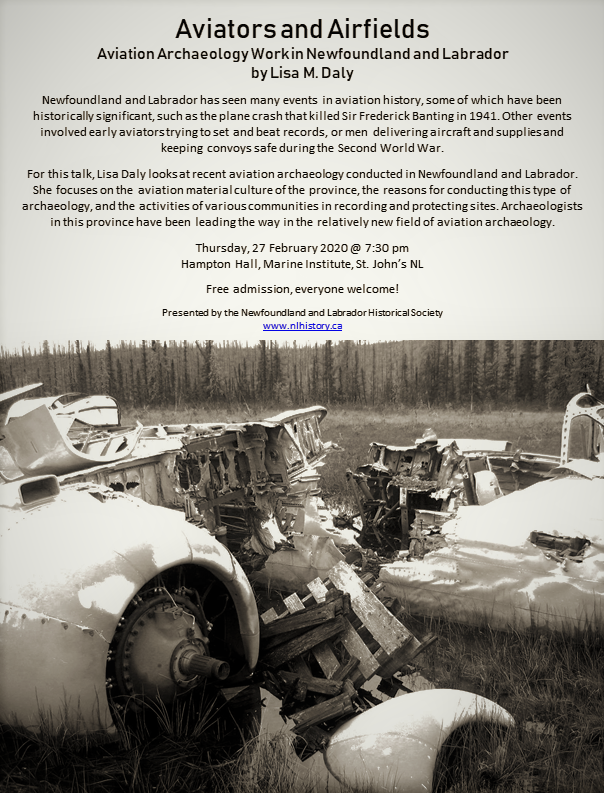
It isn’t very often that I can easily share a book that I’m reviewing, but this book is available through the Digital Archives Initiative and Memorial University of Newfoundland, so if you would like to read it yourself, or look at all of the pictures, you can find it here.
I received a well-worn copy of Per Ardua…: A Pictorial History of RCAF, Torbay from a Nelson Sherren as part of a collection of papers and books a couple of years ago. This text was part of his research into the Torbay Airport, a manuscript I am still editing in the hopes to fulfil his dream of publication.
This short book was published in 1944 with sponsorship from the station fund for the exclusive use for personnel of RCAF Station Torbay and features the photographs of Jack Speare and his photography staff. The book does not focus on text, but shares a number of photographs of Torbay from early ground breaking to the height of the Second World War, and is a fantastic resource for anyone interested in historical photography as well as aviation history.
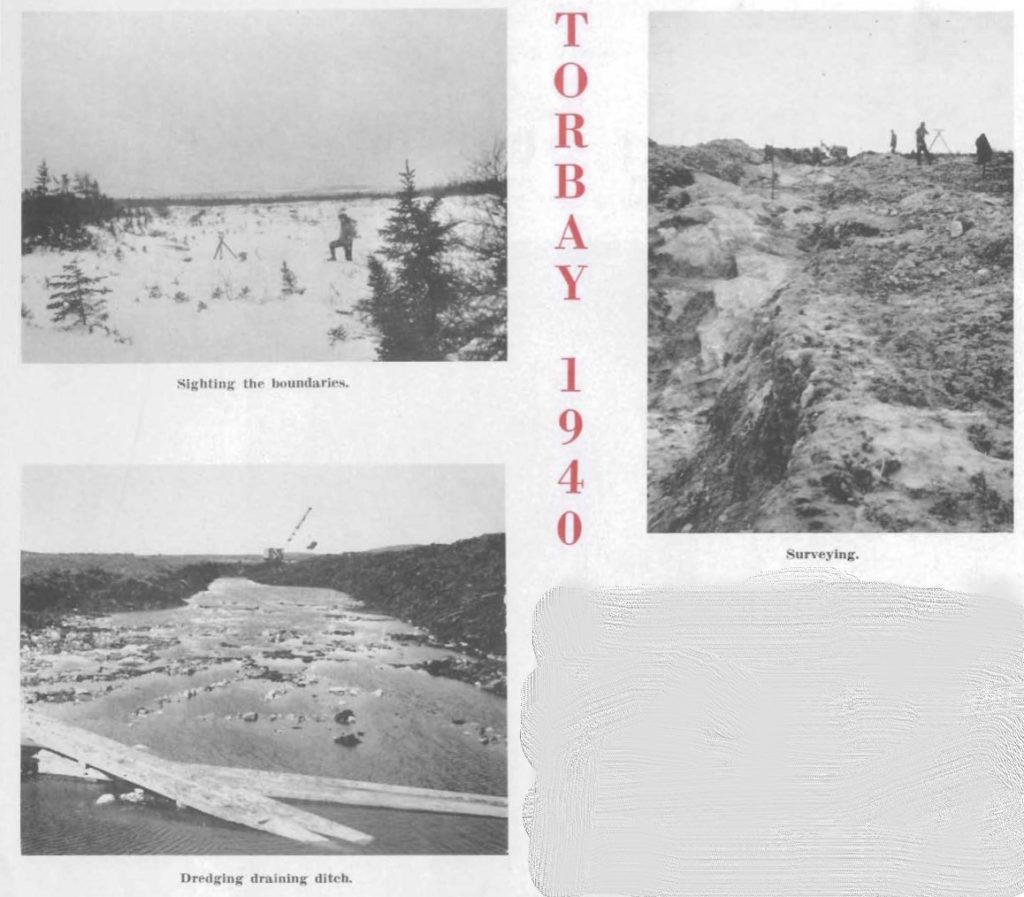
Of course, as the text is sponsored by the RCAF and published during the war, it is very positive about the establishment and operation of the airport, and stresses the need for it to be built. That said, it even makes “months of bog-slogging, hacking through heavy underbrush, and squinting through freezing transists and levels” to survey and plan the airport in the winter of 1940/1 sound like an adventure. The construction company, McNamara Construction Co. moved in with 450 workers who worked day and night, concentrating on the runways, to get the base operational. G.M. Cape Co. worked on the buildings once the runways were surfaced.
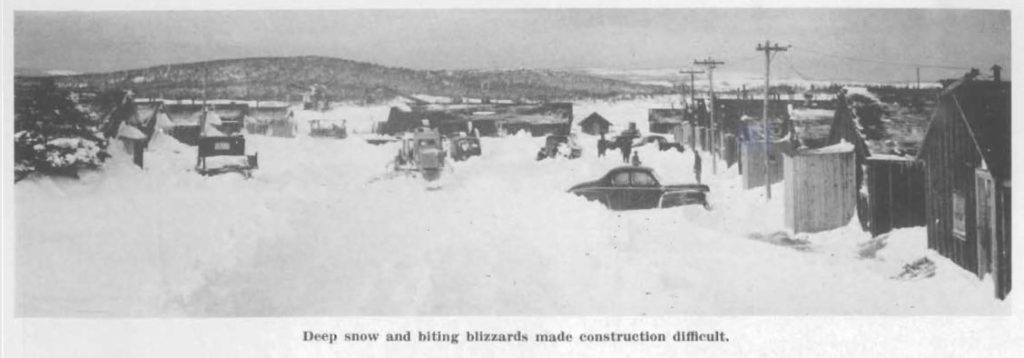
Though lighthearted, the book also covers the seriousness of the situation. An anecdote about a nose-hangar collapsing and damaging one of the aircraft was later mocked by Lord Haw Haw, part of German propaganda, mentioned the hangar as being poorly built on his radio show. The book doesn’t say who might have leaked the information, but, with everyone on high alert, a trapper was fired upon, and from then on, trapping was banned from the area.
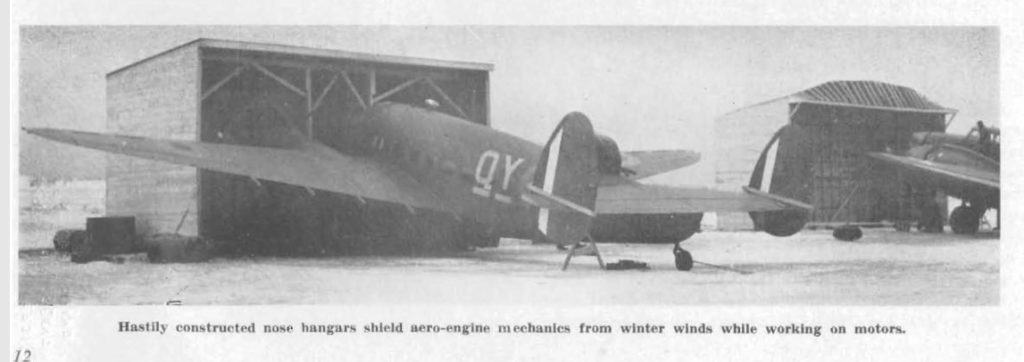
This isn’t a long book, really just magazine sized, and does feel a lot like the publications that were coming out of Gander, but a little broader as it was covering many years of RCAF Torbay and the publications in Gander were coming out multiple times a year, so would have some historical information now and then, but would mostly focus on the current happenings (much like the sports section in this one). It does show that there were many of the same kinds of activities at Torbay as at Gander, such as picnics and swimming by the late (here Windsor Lake, there Gander Lake), dances (and finally found the source for a photo that shows up in many later publications), bands, a theatre, library, and debates. Torbay did have it much easier compared to Gander, where it was a much shorter trip into St. John’s, whereas on leave, those from Gander would go to Grand Falls, all the way to St. John’s, or in the case of the Americans, Corner Brook to go to the USO. In St. John’s, the publication praises the bacon and eggs, and the chocolate cake with whipped cream at the Blue Puttee (near Rawlin’s Cross). While much of the talk of St. John’s and surrounding areas as that tinge of condescension that many of these publications carry, the excitement of shipments of oranges and coal coming in to the harbour, of the meagre pebbly fields. While I like this line, it does paint Newfoundland as lesser: “We have come to respect the people’s feeling for this strong land that is not easily loved, their sturdy pride, which makes them desire to create their salvation themselves.”

This publications does treat the WDs as invaders to the male space of the servicemen. This is also common in these publications, but the RCAF ones seem to like to have their glamour shots of women. The book actually bemoans the WDs arriving at Torbay because the servicemen had to stop swimming in the nude at Windsor Lake (also the city’s water supply). The section devoted to the WDs makes it sound like their only role is planning and providing entertainment, and their goal is marriage, ignoring the clerical work, and even the nursing, that women did at RCAF Torbay. Many classes were offered, and while the pictures show both men and women attending a typing class, it seems implied that most classes were for the men, except cooking and sewing which is specifically for the WDs. That said, one woman does get special mention, LAW Galliot, as she taught the French classes, something important as many servicemen and women from Quebec served in Newfoundland and Labrador because it was not considered to be overseas.
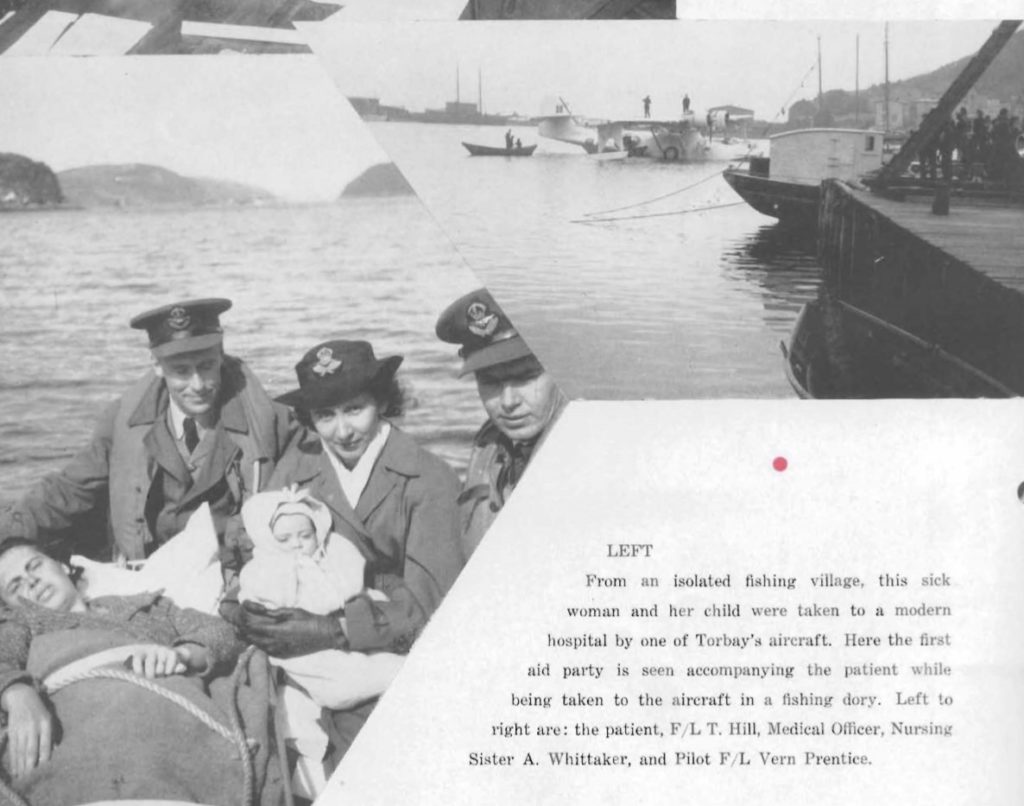
Of course, this, like other publications that were likely to be sent home to family or kept as keepsakes, focus on the positive. There is a brief mention of the Knights of Columbus fire, something which would have been devastating to RCAF Torbay, and of missing aircraft, but the focus very much on the light and happy day-to-day activity of the airbase: the dances, the church services, the visiting celebrities, trips around the Avalon. Such publications give so much insight into the down times while incident reports and logs discuss the actual work of the base. Sports were a big part of the social life, usually with friendly competition between the RCAF and the RCN, with the rare game against the US Army (the Americans won in basketball). The women didn’t get as many sports competitions, as the softball schedule was almost completely rained out!
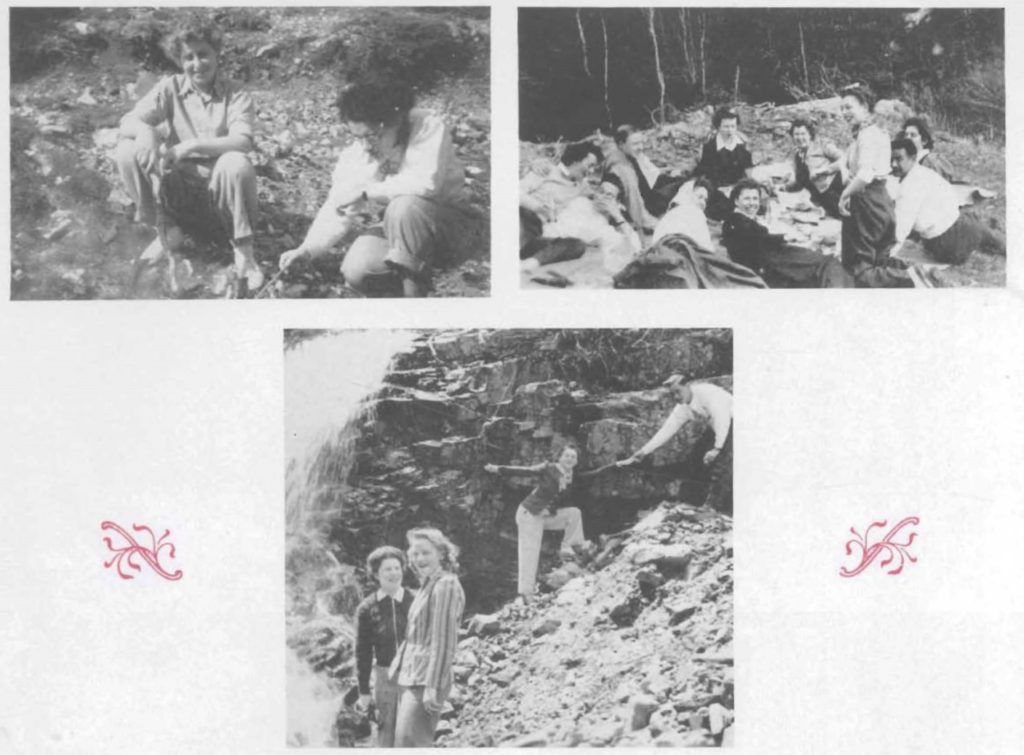
As someone who loves going to the library (when I visited Florida a few years ago, I just wandered the library close to where I was staying just to explore it), it was lovely to see that apparently the library at Torbay had the highest circulation of any library in Eastern Air Command! The library averaged about 50 books circulated a day!

The best parts of this book, from a historical perspective, are the photos of early Torbay and talk of the construction of the airbase, as well as the group photos and roll call pages. The group photos have everyone listed, which is a wonderful resource for finding people, and perhaps finding pictures of family members who served.
I have only shared a couple of pictures, so I strongly recommend finding Per Ardua… at the DAI and looking through the wonderful pictures of the construction of, and life at, RCAF Torbay.
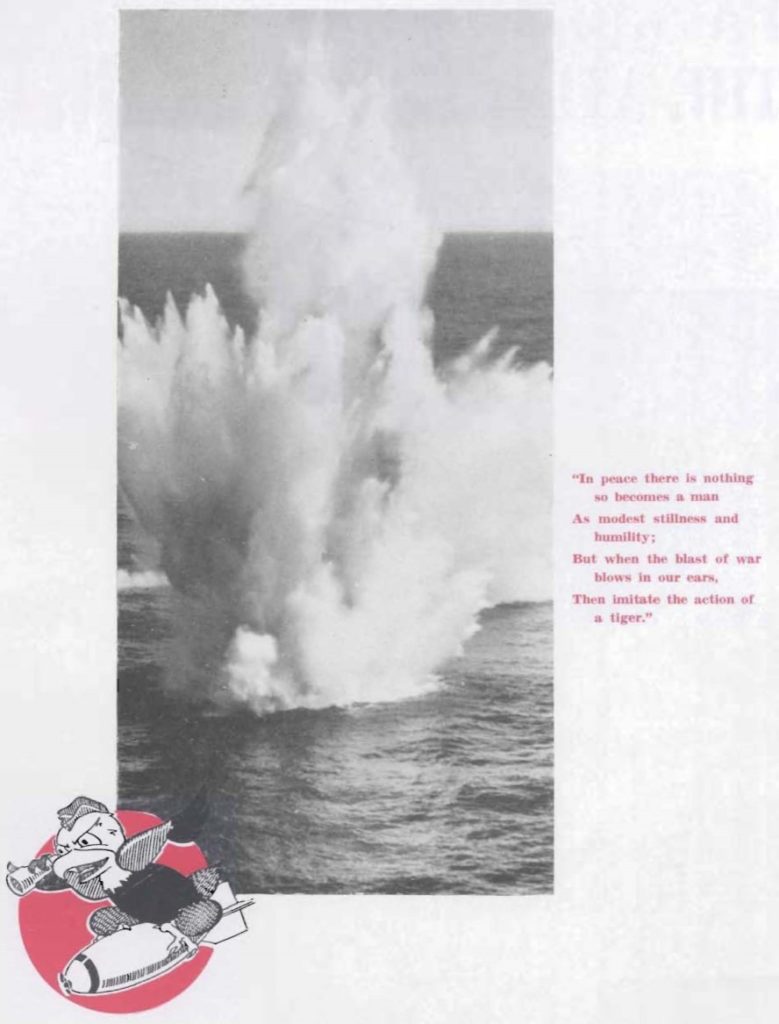


 Buy Me a Coffee
Buy Me a Coffee